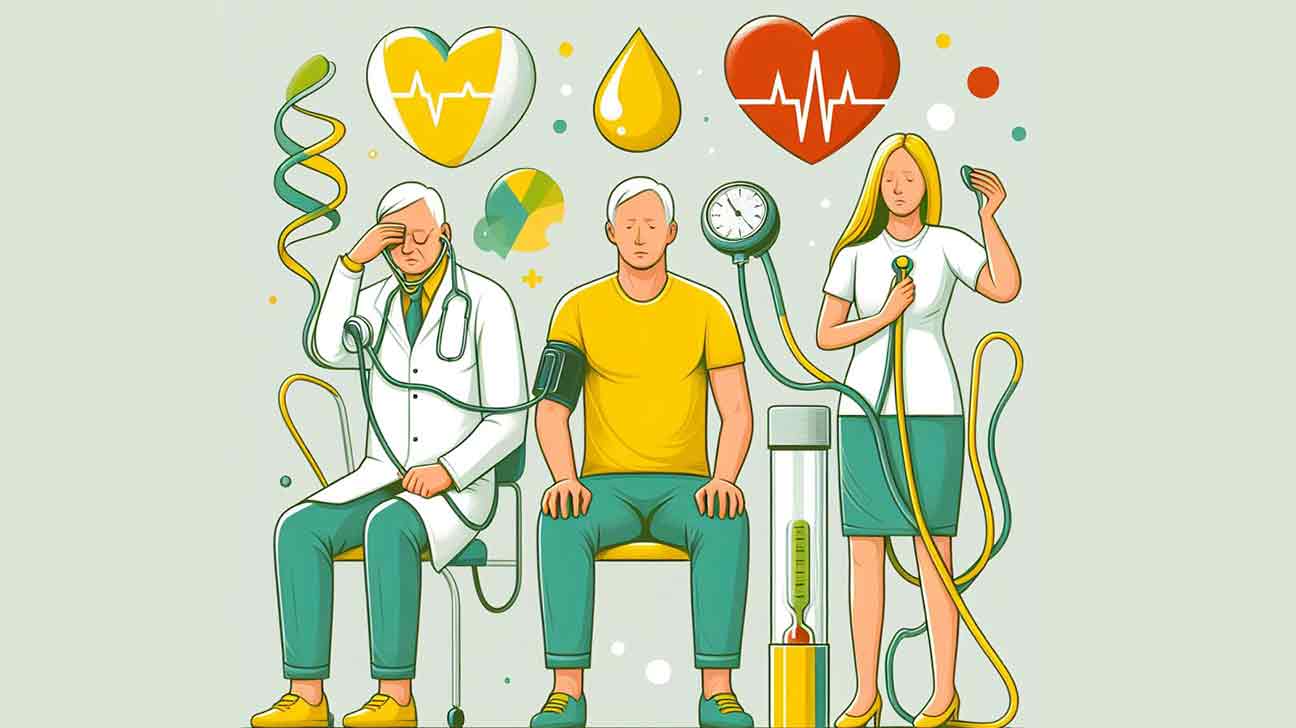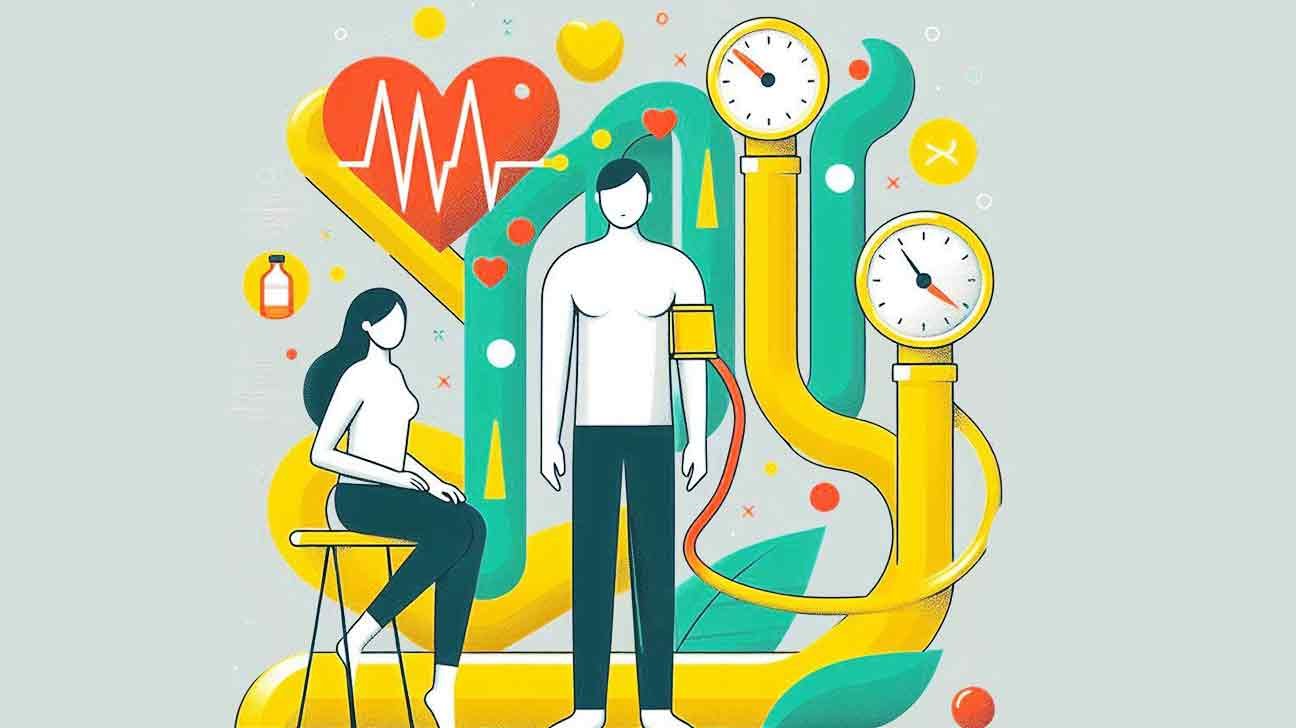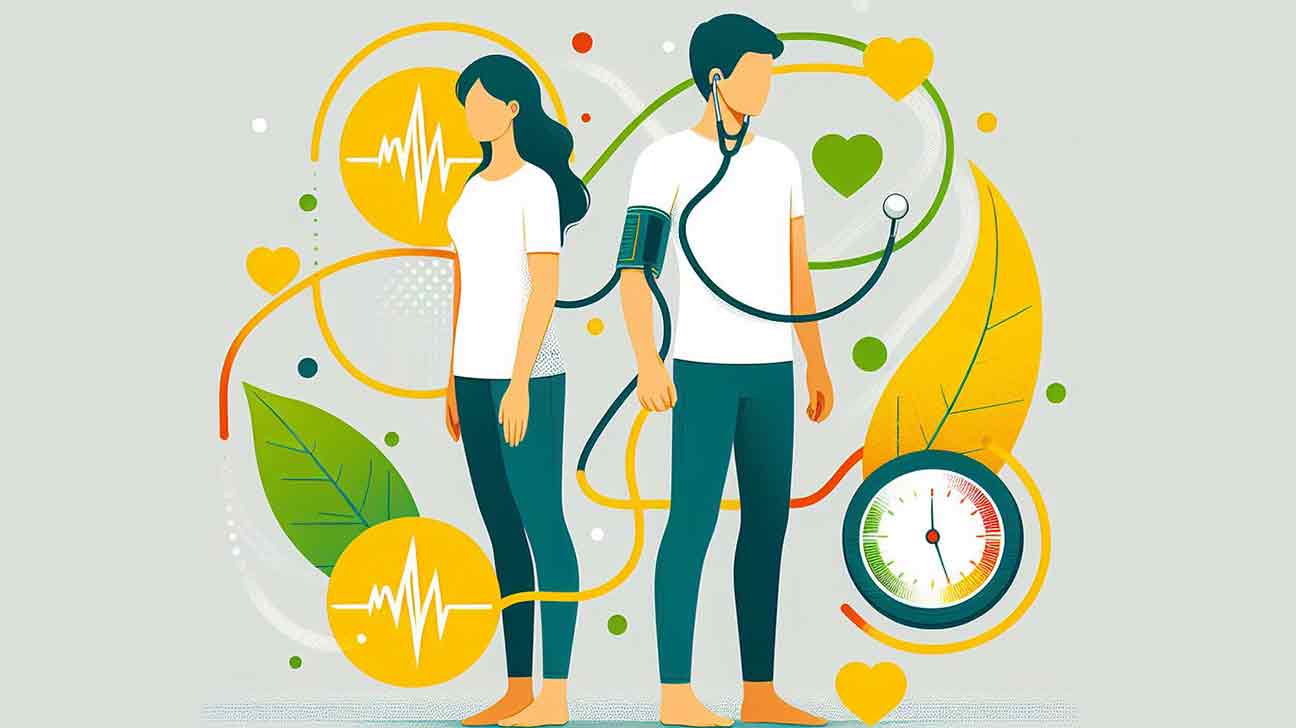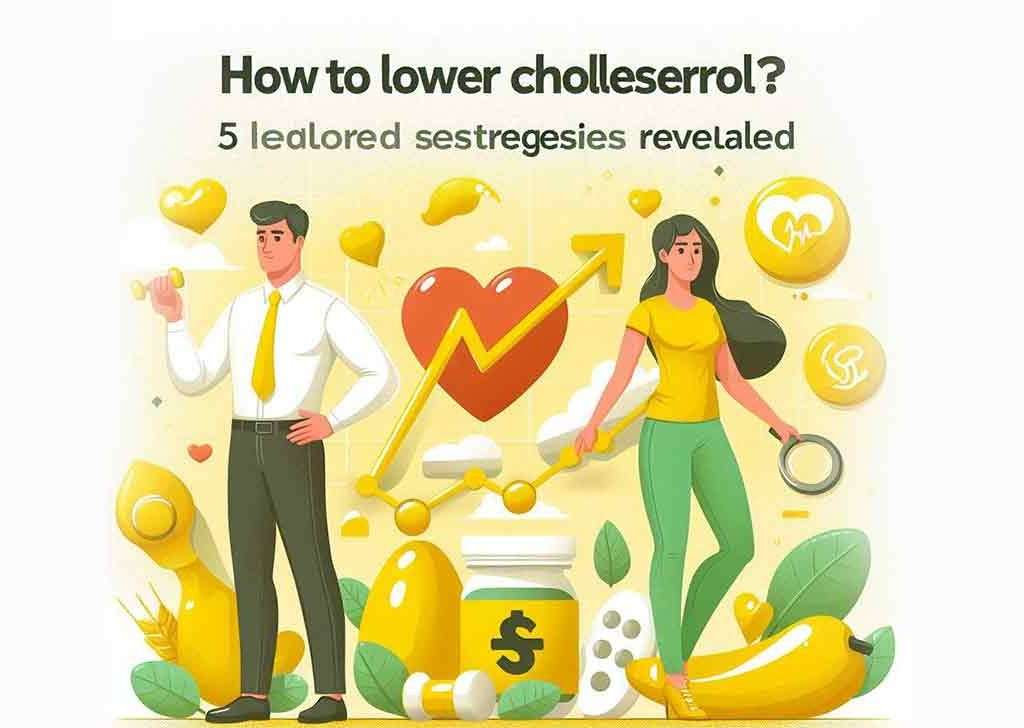Hypertension urgency is a critical medical condition characterized by a significant elevation in blood pressure without accompanying acute organ damage. Proper identification, coding, and management are essential for effective treatment and prevention of complications. This comprehensive guide covers the ICD-10 coding for hypertensive urgency and provides actionable strategies to maintain healthy blood pressure levels.
icd 10 hypertensive urgency
1. Hypertensive Urgency: ICD-10 Coding
ICD-10 Code for Hypertensive Urgency
- Code: I16.0
- Description: Hypertensive urgency
Understanding Hypertensive Urgency
Hypertensive urgency is defined by severely elevated blood pressure (typically systolic BP ≥180 mmHg and/or diastolic BP ≥120 mmHg) without evidence of target organ damage (such as heart, brain, kidneys, or eyes). It contrasts with hypertensive emergency (I16.1), where high blood pressure is accompanied by acute organ damage and requires immediate medical intervention.
ICD-10 Code Breakdown
- Chapter: I – Certain Infectious and Parasitic Diseases(Note: This seems incorrect; in reality, hypertensive urgencies are coded under Chapter I (Diseases of the circulatory system), specifically I10-I16)Correction:
- Chapter: I – Diseases of the Circulatory System
- Block: I10-I16 – Hypertensive Diseases
- I16.0: Hypertensive urgency
- I16.1: Hypertensive emergency
Clinical Usage
Healthcare providers use I16.0 to document cases where patients present with severely elevated blood pressure readings without signs of acute organ damage. Accurate coding ensures appropriate billing, treatment protocols, and statistical tracking of hypertension-related cases.
Example Scenario
A patient arrives at the emergency department with a blood pressure of 190/125 mmHg but shows no signs of heart failure, stroke, or kidney impairment. The appropriate ICD-10 code for this situation is I16.0.
2. Strategies for Maintaining Healthy Blood Pressure
Managing and maintaining healthy blood pressure is crucial for preventing hypertensive urgency, hypertensive emergency, and long-term cardiovascular complications. Here are evidence-based strategies to achieve and sustain optimal blood pressure levels:
A. Dietary Modifications
- Adopt the DASH Diet
- Description: Dietary Approaches to Stop Hypertension (DASH) emphasizes fruits, vegetables, whole grains, lean proteins, and low-fat dairy.
- Benefits: Reduces sodium intake and increases potassium, calcium, and magnesium, which help lower blood pressure.
- Reduce Sodium Intake
- Recommendation: Limit sodium to less than 2,300 mg per day, ideally aiming for 1,500 mg for most adults.
- Tips:
- Read food labels for sodium content.
- Avoid processed and packaged foods high in salt.
- Use herbs and spices instead of salt for flavoring.
- Increase Potassium-Rich Foods
- Sources: Bananas, oranges, spinach, sweet potatoes, and beans.
- Role: Balances the negative effects of sodium and eases tension in blood vessel walls.
B. Physical Activity
- Regular Exercise
- Recommendation: At least 150 minutes of moderate-intensity aerobic exercise or 75 minutes of vigorous-intensity exercise per week.
- Activities: Walking, jogging, cycling, swimming, or dancing.
- Benefits: Strengthens the heart, improves blood flow, and reduces blood pressure.
- Incorporate Strength Training
- Frequency: At least two days per week.
- Benefits: Builds muscle mass, which can help maintain a healthy metabolism and body weight.
C. Weight Management
- Achieve and Maintain a Healthy Weight
- Guideline: Aim for a Body Mass Index (BMI) between 18.5 and 24.9.
- Strategies:
- Combine a balanced diet with regular physical activity.
- Monitor weight regularly and set realistic weight loss goals if overweight.
- Monitor Waist Circumference
- Healthy Range: Less than 40 inches for men and less than 35 inches for women.
- Significance: Excess abdominal fat is linked to higher blood pressure and increased cardiovascular risk.
D. Limit Alcohol and Avoid Tobacco
- Alcohol Consumption
- Guideline: Up to one drink per day for women and up to two drinks per day for men.
- Impact: Excessive alcohol can raise blood pressure and interfere with blood pressure medications.
- Smoking Cessation
- Benefits: Reduces the risk of cardiovascular disease, lowers blood pressure, and improves overall vascular health.
- Support: Seek professional help, use nicotine replacement therapies, and join support groups.
E. Stress Management
- Practice Relaxation Techniques
- Methods: Deep breathing exercises, meditation, yoga, and progressive muscle relaxation.
- Effect: Reduces stress hormones, lowers heart rate, and decreases blood pressure.
- Maintain a Healthy Work-Life Balance
- Strategies: Set boundaries, prioritize tasks, and allocate time for leisure and family activities.
F. Monitor Blood Pressure Regularly
- Home Blood Pressure Monitoring
- Tools: Use validated home blood pressure monitors.
- Frequency: Check at least once a week or as recommended by a healthcare provider.
- Purpose: Track trends, assess treatment efficacy, and detect potential issues early.
- Regular Medical Check-Ups
- Importance: Allows for professional assessment, medication adjustments, and personalized advice.
G. Medication Adherence
- Follow Prescribed Treatment Plans
- Importance: Taking medications as directed ensures optimal blood pressure control and reduces the risk of complications.
- Communicate with Healthcare Providers
- Action: Report side effects or challenges in taking medications to adjust treatments as necessary.
H. Limit Caffeine Intake
- Moderate Consumption
- Guideline: Limit caffeine to no more than 400 mg per day (about four 8-ounce cups of brewed coffee).
- Effect: Can help prevent transient increases in blood pressure, especially in caffeine-sensitive individuals.
I. Dietary Supplements
- Consult Healthcare Providers Before Use
- Supplements: Some, like omega-3 fatty acids, garlic, and hibiscus tea, may have blood pressure-lowering effects.
- Caution: Ensure supplements do not interact with prescribed medications.
3. Additional Considerations
A. Recognizing Symptoms of Hypertensive Urgency
While hypertensive urgency may not present with acute symptoms, being aware of potential signs can prompt timely medical evaluation:
- Severe headaches
- Shortness of breath
- Nosebleeds
- Severe anxiety
B. Prevention of Progression to Hypertensive Emergency
Implementing the above strategies can help manage blood pressure effectively, reducing the risk of progression to hypertensive emergency, which involves immediate organ damage and requires urgent medical attention.
C. Collaboration with Healthcare Providers
- Personalized Plans: Work with healthcare professionals to develop tailored strategies based on individual health profiles.
- Regular Assessments: Periodic evaluations to adjust treatment plans as needed.
Conclusion
Understanding the ICD-10 coding for hypertensive urgency (I16.0) is crucial for accurate medical documentation and effective patient management. Equally important are the proactive strategies for maintaining healthy blood pressure, which encompass dietary modifications, regular physical activity, weight management, stress reduction, and adherence to prescribed treatments. By integrating these approaches, individuals can significantly reduce their risk of hypertensive crises and promote overall cardiovascular health.
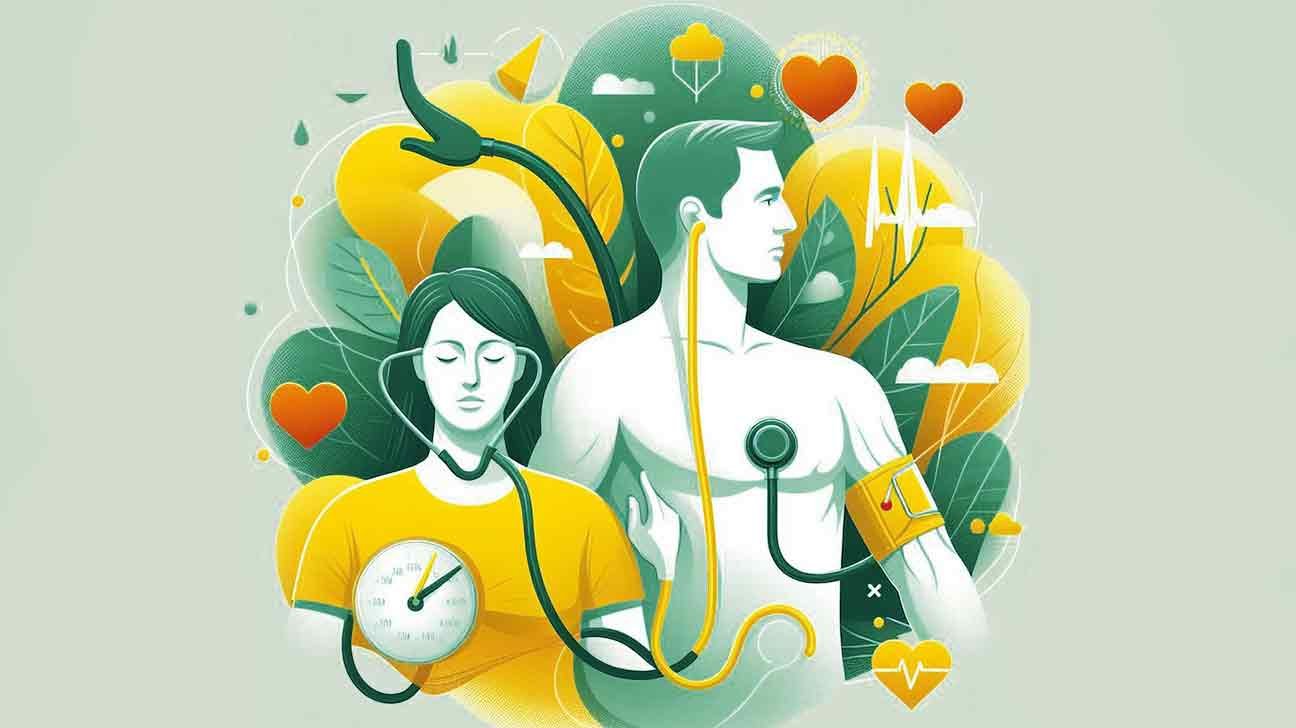
What Is Hypertension?
Hypertension is a condition characterized by persistently high blood pressure. It often leads to serious health complications if left unmanaged.
High blood pressure, or hypertension, affects millions globally and is a major risk factor for heart disease and stroke. Understanding and controlling this silent killer is crucial for maintaining cardiovascular health. The term “hypertension” might strike as daunting, yet it is essentially the medical name for high blood pressure – a state where the force of the blood against your artery walls is too high.
Regular monitoring, lifestyle changes, and proper medication can effectively manage blood pressure levels. Early diagnosis is key, so routine check-ups are recommended. Knowledge about hypertension empowers individuals to take proactive steps toward a healthier life, reducing the risk of associated health issues.
The Silent Killer: Hypertension
Hypertension sneaks up without noticeable symptoms. Many don’t feel any different. Yet, high blood pressure affects organs over time, risking serious health issues. It’s important to understand this condition.
Common Risk Factors of Hypertension
Knowing what increases your chances of hypertension is key:
- Age: Risk goes up as you get older.
- Family history: It can run in families.
- Weight: Being overweight increases risk.
- Lack of physical activity: Active bodies often have lower blood pressure.
- Tobacco use: Smoking or chewing tobacco raises your risk.
- Salt (sodium) in diet: Too much salt in your diet can lead to high blood pressure.
- Low potassium in diet: Potassium helps balance sodium in cells.
- Alcohol intake: Drinking too much alcohol can raise blood pressure.
- Stress: Long-term stress can affect blood pressure.
Complications Without Control
Unchecked high blood pressure can lead to damage quietly:
| Complication | Effect |
|---|---|
| Heart Attack | Blood flow blocks suddenly. |
| Stroke | Brain doesn’t get enough blood. |
| Heart Failure | Heart can’t pump blood well. |
| Kidney Disease | Kidneys don’t filter blood effectively. |
| Eye Damage | High pressure harms tiny blood vessels in eyes. |
| Sexual Dysfunction | Can lead to problems in both men and women. |
Interpreting Blood Pressure Readings
Understanding blood pressure readings is key to managing your health. Blood pressure numbers reveal how hard your heart works to pump blood. Two numbers, the systolic and diastolic pressures, form these readings. Together, they paint a picture of your circulatory system’s health. Let’s dive into what these numbers mean and the categories they fall into.
Systolic And Diastolic Numbers
The systolic pressure is the top number. It measures the force your heart exerts on the walls of your arteries each time it beats. The diastolic pressure, the bottom number, records the pressure when your heart rests between beats. Normal readings would show a systolic pressure less than 120, and a diastolic pressure less than 80.
Categories Of Blood Pressure Levels
Different blood pressure readings determine your health status. Here’s a breakdown:
| Category | Systolic (mm Hg) | Diastolic (mm Hg) |
|---|---|---|
| Normal | Less than 120 | Less than 80 |
| Elevated | 120-129 | Less than 80 |
| Hypertension Stage 1 | 130-139 | 80-89 |
| Hypertension Stage 2 | 140 or higher | 90 or higher |
| Hypertensive Crisis | Higher than 180 | Higher than 120 |
These categories help identify potential risks. Seek medical help if your readings fall into the hypertensive crisis range.
Lifestyle Adjustments For Blood Pressure Regulation
Managing blood pressure is crucial for heart health. Small changes in daily habits can lead to big improvements in hypertension control. This section explores key lifestyle adjustments that help regulate blood pressure.
Dietary Changes For Hypertension
Eating healthy plays a vital role in controlling high blood pressure. Foods rich in nutrients and low in sodium can decrease blood pressure.
- Include more fruits and vegetables in your meals.
- Opt for whole grains like brown rice and whole wheat bread.
- Limit salt intake to reduce the risk of hypertension.
- Choose lean proteins such as fish and chicken.
Selecting potassium-rich foods like bananas and spinach is also beneficial. They help balance the levels of sodium in the body.
Importance Of Regular Physical Activity
Regular exercise makes your heart stronger and more efficient. Even 30 minutes of moderate activity can make a big difference.
| Activity | Frequency |
|---|---|
| Brisk walking | Daily |
| Cycling | 2-3 times a week |
| Swimming | 2-3 times a week |
Stay consistent with your exercise routine to keep blood pressure in check. Short bursts of activity throughout the day are also helpful.
- Take the stairs instead of the elevator.
- Go for short walks during breaks.
- Do household chores more vigorously.
Salt Intake And Hypertension
Shaking up the salt habit is key to a healthy heart. Let’s dive into why salt matters for blood pressure and how you can manage your intake.
Impact Of Sodium On Blood Pressure
Sodium in salt makes our body hold extra water. This extra water raises blood pressure. High blood pressure strains our hearts. It can cause heart disease. Eating less salt helps to keep blood pressure normal.
| Sodium Level | Impact on Body |
|---|---|
| Low | Keeps heart rhythm steady |
| Medium | Raises pressure slightly |
| High | Increases risk for hypertension |
Tips To Reduce Salt Consumption
Eating less salt can be simple. Start with these easy changes:
- Choose fresh veggies over canned ones.
- Swap out snacks like chips for fruit.
- Use herbs and spices instead of salt for flavor.
- Read food labels to pick low-sodium options.
- Cook meals at home to control the salt.
Remember, taste for salt lessens over time. Your palate will change and thank you for it!
The Role Of Medication In Hypertension Control
Controlling high blood pressure is vital for maintaining overall health. Medication plays a crucial part. It reduces risks like heart attack and stroke. A personalized treatment plan is key. It often includes lifestyle changes and medication.
Common Types Of Antihypertensive Drugs
Various medications manage blood pressure. Each works differently. Here are common antihypertensive drugs:
- Diuretics: Help kidneys remove sodium and water.
- ACE inhibitors: Relax blood vessels by blocking the formation of a natural chemical that narrows them.
- Calcium channel blockers: Prevent calcium from entering heart and artery cells, relaxing the blood vessels.
- Beta-blockers: Reduce heart rate and output of blood, which lowers blood pressure.
- Angiotensin II receptor blockers (ARBs): Relax blood vessels by blocking the action, not the formation, of a natural chemical that narrows them.
Adherence To Prescribed Medication
Faithfully taking medication is vital. Skipping doses can cause blood pressure to rise. It increases health risks. Here’s what helps with adherence:
- Set daily reminders.
- Use a pill organizer.
- Understand side effects and report them.
- Regular check-ups track progress.
Consistency with medication improves health outcomes.
Monitoring Blood Pressure At Home
Keeping track of your blood pressure can help you prevent health problems. A home blood pressure monitor makes this easy. Regular monitoring can alert you to changes in your blood pressure. It can also help your doctor make quick adjustments to your treatment. Let’s talk about how you can choose and use a blood pressure monitor at home.
Choosing The Right Home Blood Pressure Monitor
Finding a good blood pressure monitor is key for accurate readings. You want one that’s simple, reliable, and matches your needs. Here’s how to pick one:
- Check for validation: Make sure it meets accuracy standards.
- Arm cuff size matters: An improper fit can give wrong readings.
- Select the right features: Some monitors offer memory for past readings.
- Read reviews: What others say can guide your choice.
- Discuss with your doctor: Get professional advice on the model to use.
Accurate Measurement Techniques
Using the monitor correctly is crucial for precise results. Follow these steps for the best outcome:
- Rest before measuring: Sit quietly for 5 minutes first.
- Correct posture: Sit with your back straight and feet flat on the floor.
- Position your arm: Keep the cuff at heart level for the reading.
- Avoid eating or smoking: Do this for 30 minutes before measuring.
- Take multiple readings: Record a few for consistency.
Remember to keep a log and share results with your healthcare provider.
| Step | Tip |
|---|---|
| 1 | Sit in a calm environment. |
| 2 | Keep the cuff snug but not too tight. |
| 3 | Don’t talk during the measurement. |
| 4 | Use the same arm each time. |
Stress And Blood Pressure Connection
Hypertension, or high blood pressure, is often dubbed the silent killer. Many factors contribute to this condition, and stress is a key player. Understanding the link between stress and blood pressure is crucial for managing hypertension. Stress can cause temporary spikes in blood pressure. Over time, these spikes may lead to long-term health issues.
Understanding The Impact Of Stress
Stress triggers the body’s “fight or flight” response. This response releases hormones that temporarily increase blood pressure. The heart beats faster, and blood vessels narrow. While this is a normal reaction, constant stress can keep blood pressure high.
Research shows ongoing stress impacts the way the body regulates blood pressure. Long-term stress may even alter blood pressure control systems. This can set the stage for chronic hypertension.
| Body’s Response | Effect on Blood Pressure |
|---|---|
| Increase in heart rate | Raises blood pressure |
| Narrowing of blood vessels | Increases vascular resistance |
Stress-reduction Techniques
Stress reduction is essential in managing high blood pressure. Effective techniques range from lifestyle changes to focused relaxation practices.
- Regular physical activity: Aids in stress relief and lowers blood pressure.
- Deep breathing exercises: Promote relaxation and reduce stress hormones.
- Mindfulness meditation: Helps focus the mind and ease anxiety.
- Adequate sleep: Essential for stress recovery and overall well-being.
- Social support: Engaging with friends and family can mitigate stress.
Integrating these techniques into daily routines can diminish the impact of stress on blood pressure. Even simple actions, like taking a walk or listening to calming music, help manage stress levels.
Regular Check-ups And Hypertension Management
Keeping a close eye on blood pressure is core in managing hypertension. Regular check-ups with healthcare professionals help keep your blood pressure in check. These visits are not only for monitoring your readings but also for tweaking your management plan. Timely adjustments to medication, diet, and lifestyle ensure your blood pressure remains under control. Let’s dive into how often one should visit a doctor and the importance of teaming up with healthcare providers.
Frequency of Health Care Visits
Frequency Of Health Care Visits
The question arises, how often should you visit your doctor? The answer varies based on your current blood pressure control and overall health status.
- Stable Hypertension: A check-up every 3 to 6 months suffices.
- Newly Diagnosed: More frequent visits, like monthly, might be necessary.
- Changes in Medication: Follow-up in a month to assess the effects.
An individualized check-up schedule ensures optimal hypertension management.
Collaboration with Health Care Providers
Collaboration With Health Care Providers
Managing hypertension is a team effort between you and your healthcare team. Open communication with your healthcare provider is key to success.
Ask questions and understand your treatment plan. Share concerns about your medication or symptoms. This collaboration leads to a personalized approach that fits your lifestyle.
In summary, attend your scheduled check-ups. Work closely with your healthcare provider for the best hypertension management.
Innovation In Hypertension Treatment
The relentless march of medical innovation means better days ahead for those battling with high blood pressure. Breakthroughs in Hypertension Treatment are transforming patient care. These developments target both medication enhancements and lifestyle intervention strategies.
Emerging Medications
Pharmaceutical research has never been more relentless in the fight against hypertension. There are striking new candidates in the pipeline. Experts are optimistic about these drugs’ potency in managing high blood pressure.
New classes of antihypertensives promise fewer side effects. Firibastat, a first-in-class brain aminopeptidase inhibitor, is drawing attention. Early trials suggest it may offer benefits for difficult-to-treat cases.
Combination pills are reshaping treatment protocols. These pills mix low doses of different medications, reducing risk factors for heart events. Patients may find they need only one pill, simplifying their daily routine.
The push for precision medicine continues. Genetic profiling can now guide doctors to the most effective medicine for each individual, ensuring personalized care. This approach may prevent unnecessary side effects.
Non-pharmacological Therapies
Alongside drugs, lifestyle changes are critical. Emerging approaches are diverse, spanning from tech-based solutions to dietary guidelines.
Medical devices are showing promise. Wearable technology can monitor blood pressure continuously. Feedback from these devices helps in daily management.
Guidelines now emphasize the importance of salt reduction and the DASH diet. These strategies focus on eating heart-healthy foods. They can lower blood pressure as much as some medications.
Stress management techniques are also gaining traction. Methods like meditation can lower blood pressure naturally. They help by reducing the stress that can contribute to hypertension.
Exercise remains a cornerstone. Regular physical activity can lower blood pressure and bolster overall heart health. It helps to keep the arteries flexible and manage weight.
Creating A Supportive Environment
Managing hypertension requires more than medication and diet; it hinges on the support of those around us. A strong support system is essential for anyone living with high blood pressure. Let’s explore how family, friends, and community resources play a pivotal role in creating a supportive environment for those managing this silent ailment.
The Role Of Family And Friends
Family and friends are the first line of defense against hypertension. They encourage healthy habits and provide emotional support. Loved ones can:
- Encourage regular check-ups, ensuring blood pressure is always in check.
- Prepare heart-healthy meals to reduce salt and fat intake.
- Join in physical activities, making exercise more enjoyable.
- Listen and offer reassurance during stressful times.
The Importance Of Community Resources
Community resources often provide invaluable support for those with hypertension. They include:
| Resource Type | Benefits |
|---|---|
| Health Clinics | Offer screenings and educational materials. |
| Fitness Centers | Provide opportunities for exercise and wellness programs. |
| Support Groups | Offer a space to share experiences and find encouragement. |
| Nutrition Workshops | Teach healthy cooking and eating habits. |
Frequently Asked Questions For Hypertension
How To Reduce Hypertension?
To reduce hypertension, limit salt intake, exercise regularly, maintain a healthy weight, manage stress effectively, and avoid excessive alcohol consumption.
What Is The Best Treatment For Hypertension?
The best treatment for hypertension often includes lifestyle changes and medication prescribed by a healthcare provider. Regular exercise, a balanced diet, and stress management are key non-pharmacological strategies.
When Is Blood Pressure Too High?
Blood pressure is too high when readings constantly exceed 130/80 mm Hg. Immediate medical attention is advised if it surpasses 180/120 mm Hg.
What Are The 10 Causes Of High Blood Pressure?
High blood pressure can be caused by genetics, obesity, salt-rich diets, excess alcohol intake, stress, aging, lack of physical activity, tobacco use, chronic kidney disease, and sleep apnea.
What Is Hypertension?
Hypertension, also known as high blood pressure, is a condition where blood pressure in the arteries is persistently elevated.
Conclusion
Managing hypertension is pivotal for long-term health. Regular check-ups, lifestyle changes, and medication adherence are key. By prioritizing self-care and staying informed, individuals can effectively control blood pressure levels. Remember, a heart-healthy life starts with you taking a proactive stance against hypertension.

